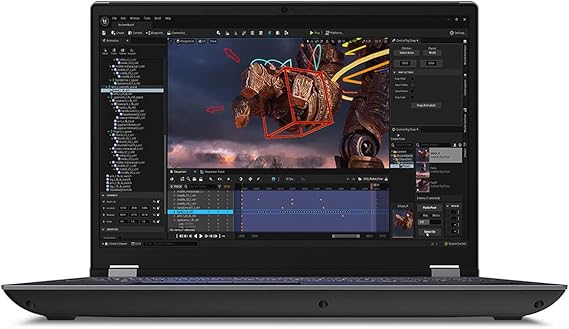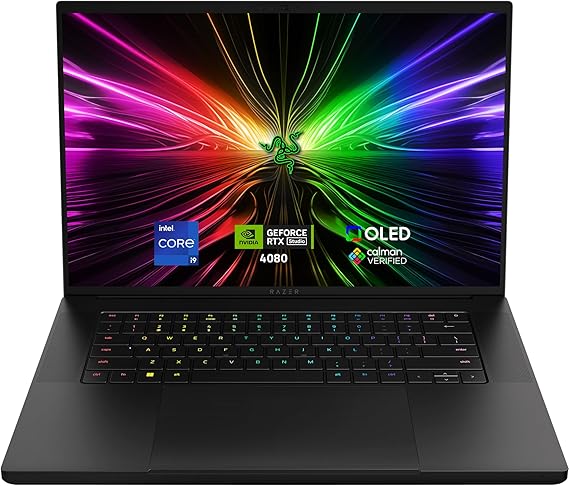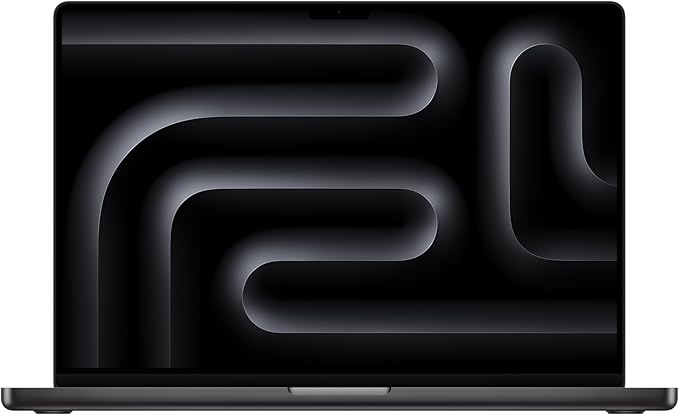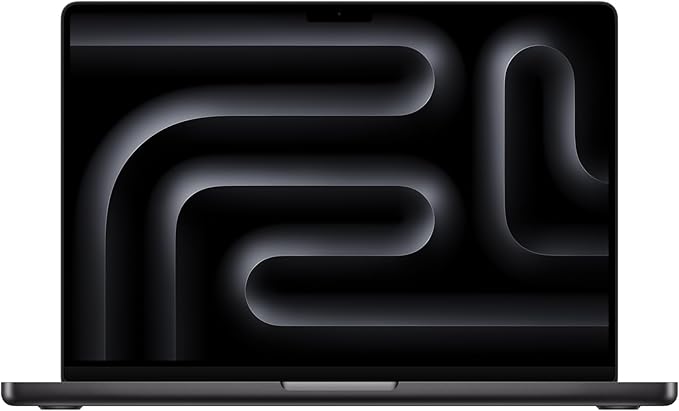When you’re working with SimScale, your laptop isn’t crunching all the heavy CFD or FEA calculations — the cloud handles that. But don’t let that fool you into thinking any basic laptop will do. You’ll still need a machine that’s snappy, reliable, and comfortable for long sessions. From uploading large CAD models, to setting up simulations, to analyzing detailed results, the right laptop can make your workflow much smoother.
In this guide, we’ll cover what to look for, then break down the best laptops for SimScale in 2025, complete with detailed specs, pros and cons, and a quick comparison table.
What to Look for in a Laptop for SimScale
Even though SimScale runs in the cloud, your local machine still plays a big role:
- CPU Speed: High single-core performance keeps CAD and meshing responsive.
- RAM: 16 GB is the minimum, 32 GB is ideal. Go 64 GB if you handle massive projects.
- GPU: Not critical for SimScale itself, but a solid GPU helps with 3D visualization, CAD, and rendering.
- Storage: NVMe SSD, at least 512 GB. More if you keep big files locally.
- Display: A 16″ QHD or 4K screen makes analyzing results and CAD work easier on the eyes.
- Network: Reliable Wi-Fi 6E/7 or Ethernet — since you’ll upload and download large files often.
Also Read: Best Laptops for CFD Simulations
Best Laptops for SimScale in 2025
Let’s go through the top picks. These laptops were chosen based on performance, reliability, and overall value for engineers, students, and professionals working with cloud-based tools like SimScale.
1. Lenovo ThinkPad P16 Gen 2 — The Workstation Powerhouse

Why it stands out:
If you want a true engineering-grade laptop, the ThinkPad P16 is a beast. It’s heavy, sure, but it offers workstation-class performance, ISV certification, and insane memory capacity — up to 192 GB.
Key Specs:
- Intel i9 HX-series CPU (13th Gen)
- Up to 192 GB RAM
- NVIDIA RTX workstation GPU options
- 16″ 4K display
- Multiple NVMe SSD slots
Pros:
- Rock-solid build and reliability
- Huge memory capacity
- Certified drivers for engineering software
Cons:
- Bulky and heavy
- Expensive at high configs
Best for: Professionals and power users who want a no-compromise workstation.
Also Read: Lenovo ThinkPad P16 Gen 2 Review
2. Dell XPS 16 — Premium Balance of Power & Portability

Why it stands out:
The XPS 16 is a sweet spot — slim, powerful, and with one of the best OLED displays you’ll find on a laptop. It’s great for engineers who want portability without giving up too much power.
Key Specs:
- Intel Core Ultra 7 / Ultra 9 CPU
- 16–64 GB RAM
- NVIDIA RTX 4060 GPU
- 16.3″ 4K OLED display
Pros:
- Gorgeous screen with true colors
- Premium build quality
- Solid battery life for a performance laptop
Cons:
- GPU options are mid-tier
- Limited upgradeability
Best for: Students and engineers who want a stylish, portable machine that still packs solid power.
3. ASUS ProArt P16 — Creator Laptop with Engineering Muscle

Why it stands out:
The ProArt line is made for creators, but that also makes it perfect for engineers. With the latest Ryzen AI CPUs and RTX 50-series GPUs, it’s a future-proof option with excellent value.
Key Specs:
- AMD Ryzen AI 9 HX 370 CPU
- Up to 64 GB RAM
- NVIDIA RTX 50-series GPU
- 16″ 3K/4K OLED display
Pros:
- Great performance per dollar
- Top-tier display
- Decent thermals for a slim chassis
Cons:
- Can get warm under heavy load
- Not workstation-certified
Best for: Engineers who need strong performance and a pro-grade display at a more affordable price point.
4. Razer Blade 16 — For GPU-Heavy Workflows

Why it stands out:
This is a gaming powerhouse that doubles as a GPU workhorse. If your workflow involves visualization, rendering, or GPU-accelerated tasks alongside SimScale, this is the one.
Key Specs:
- AMD Ryzen AI 9 HX 370 CPU
- 32 GB RAM
- NVIDIA RTX 5080 / 5090 GPU options
- 16″ OLED or QHD 240 Hz display
Pros:
- Top-end GPU options
- Premium metal design
- Strong cooling system
Cons:
- Expensive in high configs
- Battery drains fast under load
Best for: Engineers who want extreme GPU power and also enjoy gaming.
5. Apple MacBook Pro (M4) — The macOS Favorite

Why it stands out:
If you’re a Mac user, the M4 MacBook Pro is a dream: insane battery life, ultra-sharp display, and whisper-quiet performance. Just remember some engineering apps are Windows-only, so check compatibility.
Key Specs:
- Apple M4 / M4 Pro / M4 Max chip
- Up to 96 GB unified memory
- 14″ or 16″ Retina XDR display
- Battery life up to 20+ hours
Pros:
- Best battery life in the class
- Stunning display and build quality
- Smooth macOS ecosystem
Cons:
- Some software not available on macOS
- High price for Pro/Max models
Best for: Mac fans and students who want a laptop that lasts all day and works perfectly with cloud apps like SimScale.
Comparison Table — Quick Overview
| Laptop | CPU | RAM | GPU | Display | Best For |
|---|---|---|---|---|---|
| Lenovo ThinkPad P16 Gen 2 | Intel i9 HX | Up to 192 GB | RTX workstation | 16″ 4K | Pro engineers, workstation users |
| Dell XPS 16 | Intel Core Ultra 7/9 | 16–64 GB | RTX 4060 | 16.3″ 4K OLED | Balanced power + portability |
| ASUS ProArt P16 | Ryzen AI 9 HX 370 | Up to 64 GB | RTX 50-series | 16″ 3K/4K OLED | Value + creator workflows |
| Razer Blade 16 | Ryzen AI 9 HX 370 | 32 GB | RTX 5080/5090 | 16″ OLED/QHD | GPU-heavy visualization |
| MacBook Pro (M4) | Apple M4 family | Up to 96 GB | Apple GPU | 14″/16″ XDR | macOS users, battery life |
Also Read: Best Laptops for Autodesk Products
Final Thoughts
Because SimScale runs in the cloud, you don’t need a monster GPU or a 10-pound workstation to get work done. But having a fast, reliable, and well-balanced laptop still makes a world of difference — especially for CAD, visualization, multitasking, and everyday engineering work.
- If you want maximum power → Lenovo ThinkPad P16 Gen 2.
- If you want premium portability → Dell XPS 16.
- If you want best value for money → ASUS ProArt P16.
- If you want GPU muscle → Razer Blade 16.
- If you love macOS + battery life → MacBook Pro (M4).
At the end of the day, the best laptop for SimScale is the one that balances performance, comfort, and budget for your workflow.
FAQs
Not strictly — SimScale runs in the cloud. A discrete GPU helps for local visualization, rendering, and some accelerated post-processing, but RAM and a strong CPU often matter more for the general workflow.
Yes — for browser-based SimScale work a MacBook Pro is excellent. Double-check any other engineering software you use for macOS support.
16 GB is the bare minimum; 32 GB is the sweet spot for comfortable SimScale + CAD multitasking.











